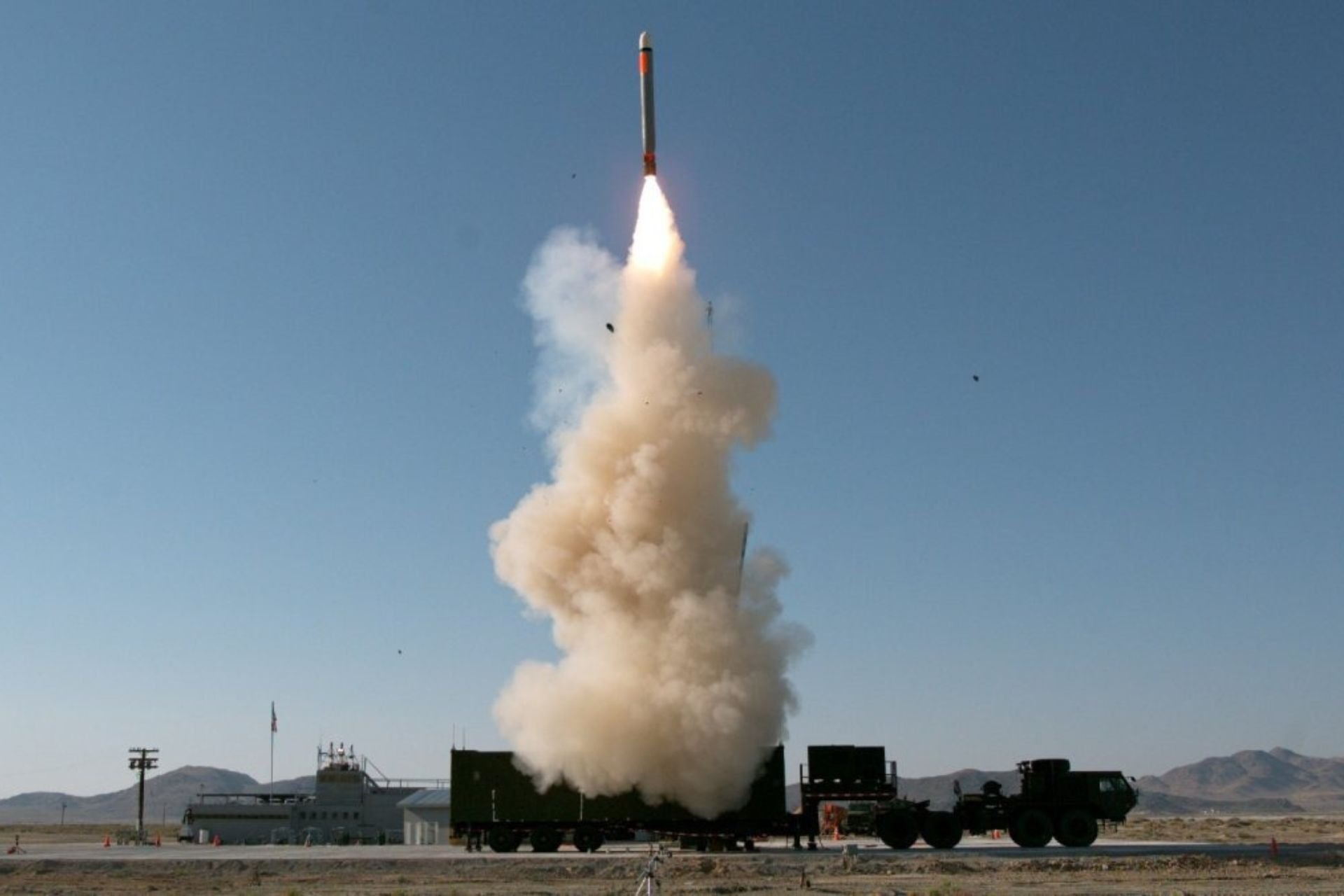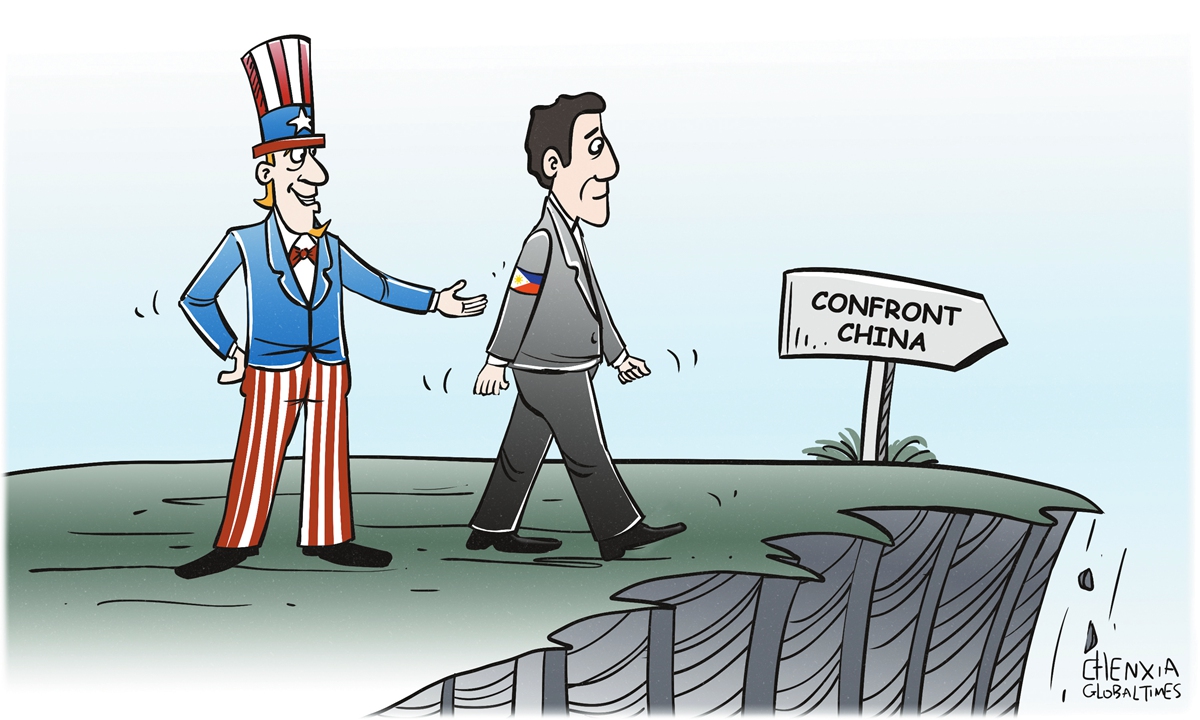MNZGamerX
Full Member
- Dec 12, 2023
- 193
- 121
- Country of Origin

- Country of Residence

US ‘essentially provoking a new cold war in the Asia-Pacific’ with missile deployment and ‘minilateralism’, observer warns

Washington’s plans to retain its Typhon missile system in the Philippines while stepping up defence engagement with other Asia-Pacific allies pose heightened security risks for China, according to analysts.
The mid-range missile system has remained in the Philippines since it was brought in during a joint exercise with American forces in April, as tensions spiked in the South China Sea between rival claimants Beijing and Manila – a US treaty ally.
Washington had no immediate plans to withdraw the system despite demands from Beijing, Reuters reported last week, adding that the US was testing the feasibility of using the system in a regional conflict.
Manila said in July that the system could be withdrawn as early as September, but a top Philippine security official said on Friday that there was no immediate timeline for this.
Zhu Feng, executive dean of Nanjing University’s School of International Studies, said the United States’ moves were reminiscent of the Cold War.
“[The US] is deploying missiles in the Philippines now, and it could possibly [deploy weapons] to [treaty allies] South Korea and Japan in the future, and it is essentially provoking a new cold war in the Asia-Pacific region,” he said.
The Typhon system, which is stationed on the northern Philippine island of Luzon, can be equipped with cruise missiles to strike targets in the South China Sea and Taiwan Strait. This is the first time that a mid-range missile system has been stationed in the Asia-Pacific since a 1987 US-Soviet treaty prohibited such deployments.
Beijing has repeatedly demanded the removal of the system. China’s foreign ministry said on Thursday that the deployment had severely threatened regional security, urging the US to honour its commitment and stop actions that provoke military confrontation.
Separately on Saturday, the US – along with Japan, India and Australia – pledged to expand joint Indian Ocean security operations and increase coastguard cooperation “to uphold a free and open Indo-Pacific”.
The joint statement came as leaders of the Quadrilateral Security Dialogue, or Quad, met in the US state of Delaware for their fourth in-person summit.
Zhu at Nanjing University said it was important for China and the United States to step up military dialogue, resumed recently after prolonged tensions as the two powers try to manage crisis risks.
The Quad statement on Saturday raised concerns about the situation in the South China Sea and pledged increased coastguard cooperation to launch the first-ever “Quad-at-Sea Ship Observer Mission” next year, aiming to “improve interoperability and advance maritime safety”.
“The US has also been engaging in minilateralism to strengthen the isolation and containment of China. China is facing a more tense security situation in the region,” Zhu cautioned.
Shi Yinhong, a professor of international relations at Beijing’s Renmin University, also said China could face a serious threat with the Typhon system in place, given that its own missile defence systems still needed improvement.
He said the situation appeared to be more troubling for China, considering the rapid US military deployment in its western Pacific territory of Guam and Japan’s plans to deploy medium- to long-range land-based US weapon systems.
Shi said both China and the US clearly wanted to prevent any military conflict, but Beijing’s hopes that the [Typhon] missile systems would be withdrawn from the Philippines soon were “unrealistic”.
Zhou Bo, a senior fellow at Tsinghua University’s Centre for International Security and Strategy, said while it was still uncertain how long the Typhon system would remain in the Philippines, China’s own mid-range missile systems could also offer deterrence.
The missile issue may be raised in the US-China military dialogues, but these might become more complicated as the US boosts its regional alliances, he said.
“There is a clear new factor in the military dialogues between China and the US compared to before, which is the third-party factor that the Biden administration has been pushing to strengthen alliances with other countries.”

Washington’s plans to retain its Typhon missile system in the Philippines while stepping up defence engagement with other Asia-Pacific allies pose heightened security risks for China, according to analysts.
The mid-range missile system has remained in the Philippines since it was brought in during a joint exercise with American forces in April, as tensions spiked in the South China Sea between rival claimants Beijing and Manila – a US treaty ally.
Washington had no immediate plans to withdraw the system despite demands from Beijing, Reuters reported last week, adding that the US was testing the feasibility of using the system in a regional conflict.
Manila said in July that the system could be withdrawn as early as September, but a top Philippine security official said on Friday that there was no immediate timeline for this.
Zhu Feng, executive dean of Nanjing University’s School of International Studies, said the United States’ moves were reminiscent of the Cold War.
“[The US] is deploying missiles in the Philippines now, and it could possibly [deploy weapons] to [treaty allies] South Korea and Japan in the future, and it is essentially provoking a new cold war in the Asia-Pacific region,” he said.
The Typhon system, which is stationed on the northern Philippine island of Luzon, can be equipped with cruise missiles to strike targets in the South China Sea and Taiwan Strait. This is the first time that a mid-range missile system has been stationed in the Asia-Pacific since a 1987 US-Soviet treaty prohibited such deployments.
Beijing has repeatedly demanded the removal of the system. China’s foreign ministry said on Thursday that the deployment had severely threatened regional security, urging the US to honour its commitment and stop actions that provoke military confrontation.
Separately on Saturday, the US – along with Japan, India and Australia – pledged to expand joint Indian Ocean security operations and increase coastguard cooperation “to uphold a free and open Indo-Pacific”.
The joint statement came as leaders of the Quadrilateral Security Dialogue, or Quad, met in the US state of Delaware for their fourth in-person summit.
Zhu at Nanjing University said it was important for China and the United States to step up military dialogue, resumed recently after prolonged tensions as the two powers try to manage crisis risks.
The Quad statement on Saturday raised concerns about the situation in the South China Sea and pledged increased coastguard cooperation to launch the first-ever “Quad-at-Sea Ship Observer Mission” next year, aiming to “improve interoperability and advance maritime safety”.
“The US has also been engaging in minilateralism to strengthen the isolation and containment of China. China is facing a more tense security situation in the region,” Zhu cautioned.
Shi Yinhong, a professor of international relations at Beijing’s Renmin University, also said China could face a serious threat with the Typhon system in place, given that its own missile defence systems still needed improvement.
He said the situation appeared to be more troubling for China, considering the rapid US military deployment in its western Pacific territory of Guam and Japan’s plans to deploy medium- to long-range land-based US weapon systems.
Shi said both China and the US clearly wanted to prevent any military conflict, but Beijing’s hopes that the [Typhon] missile systems would be withdrawn from the Philippines soon were “unrealistic”.
Zhou Bo, a senior fellow at Tsinghua University’s Centre for International Security and Strategy, said while it was still uncertain how long the Typhon system would remain in the Philippines, China’s own mid-range missile systems could also offer deterrence.
The missile issue may be raised in the US-China military dialogues, but these might become more complicated as the US boosts its regional alliances, he said.
“There is a clear new factor in the military dialogues between China and the US compared to before, which is the third-party factor that the Biden administration has been pushing to strengthen alliances with other countries.”








